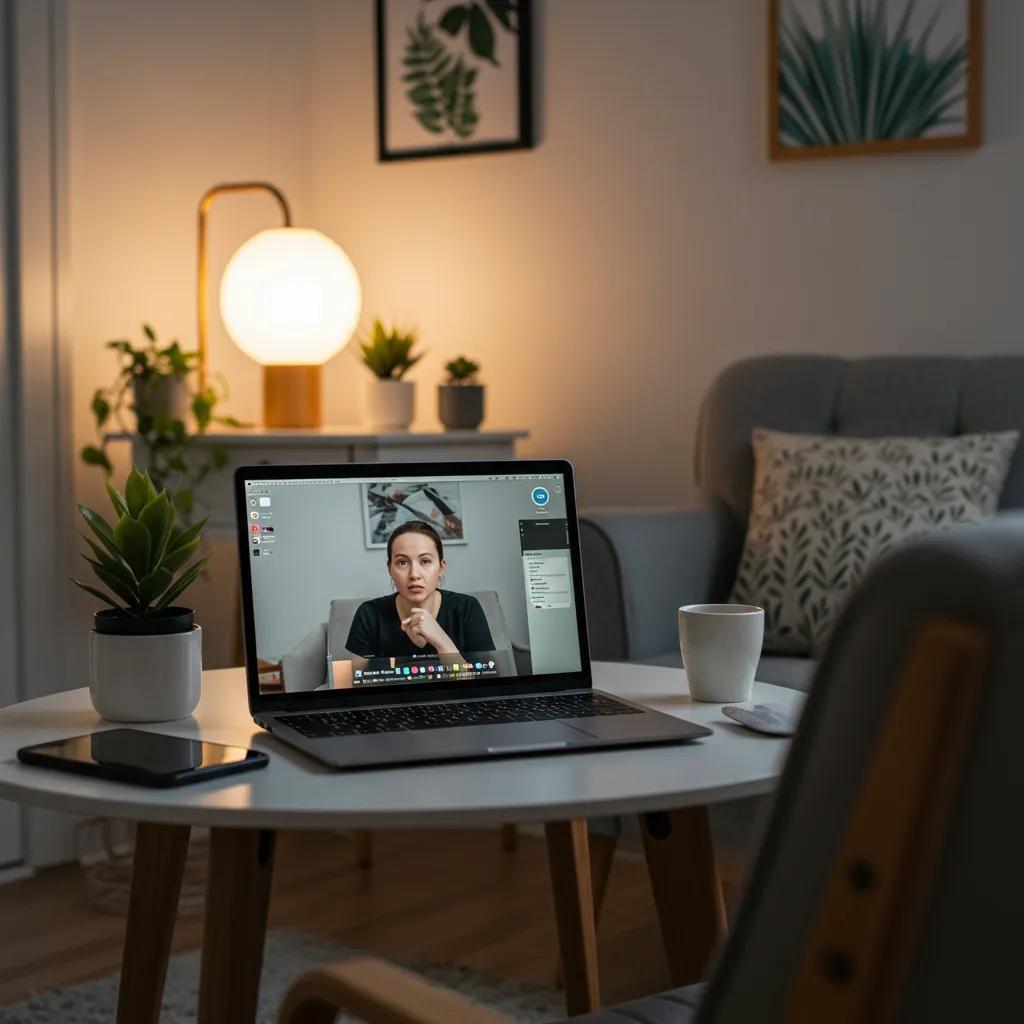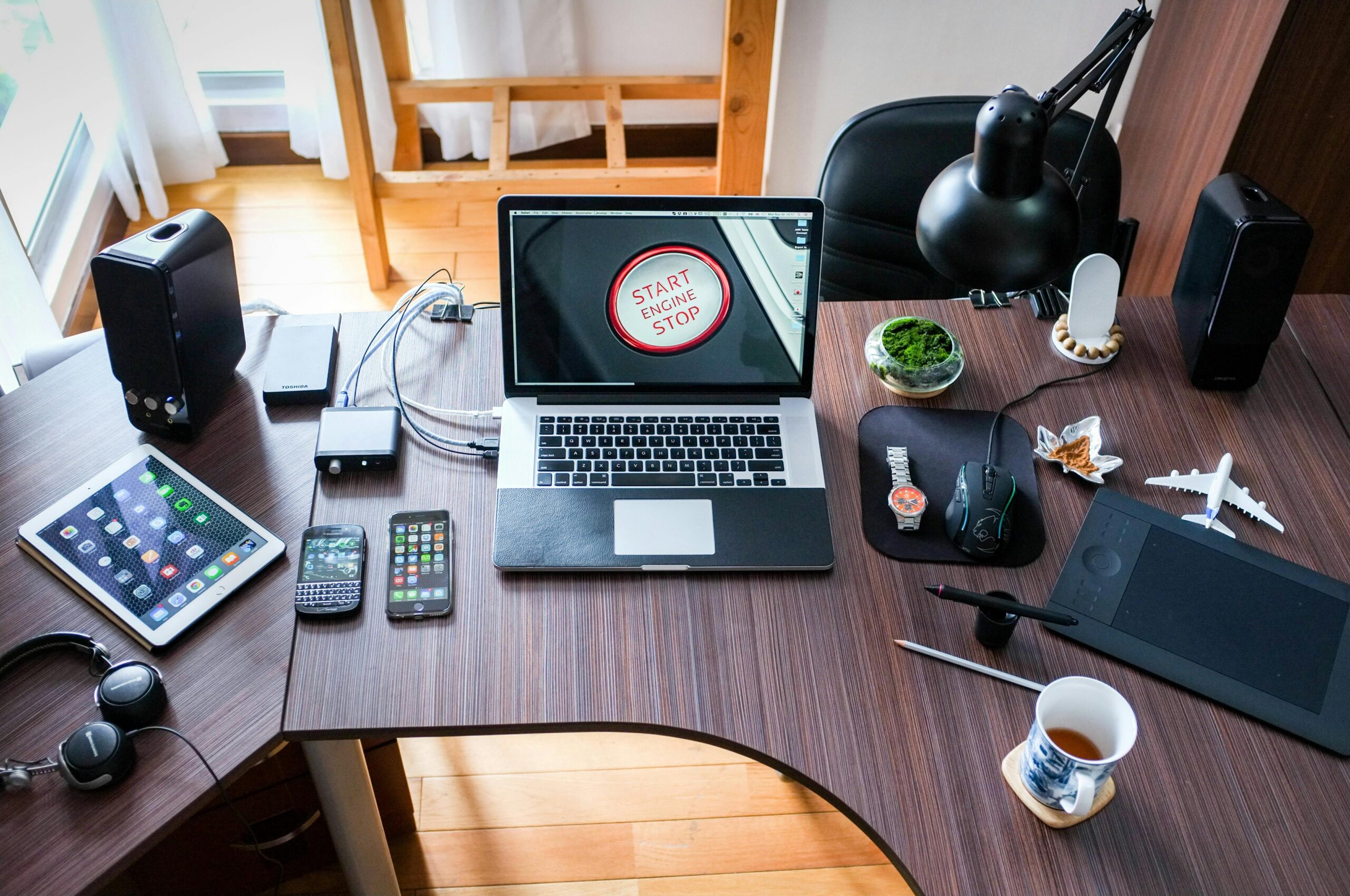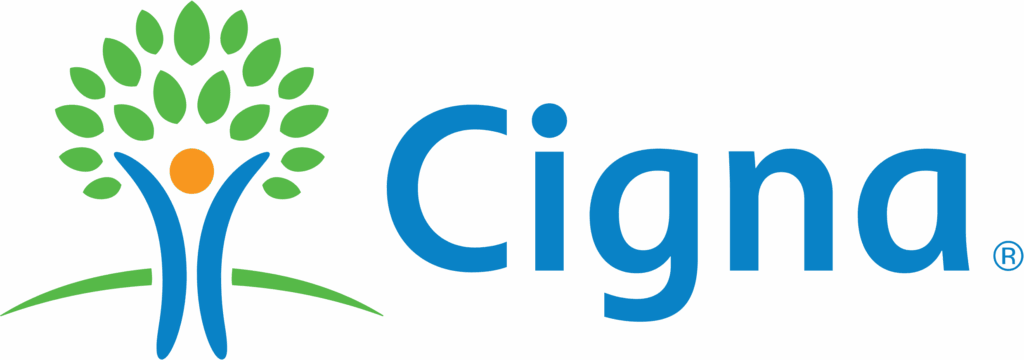The Rise of Technology in Recovery
The intersection of technology and addiction recovery is not entirely new, but its current form is. For decades, telephone support lines served as an early example of technology providing remote help. Later, online forums and email groups emerged, allowing individuals to connect with peers anonymously from anywhere with internet access. These early forms laid the groundwork for what we see today – sophisticated applications and platforms designed specifically to aid the recovery process.
The rapid advancement of mobile technology, particularly smartphones, has been a game-changer. Suddenly, powerful computing and communication tools became highly portable and deeply integrated into daily life. This paved the way for the development of dedicated
sobriety support tools – apps that could offer features far beyond simple communication. Developers began creating apps with features like sobriety timers, mood tracking, journaling, goal setting, guided meditations, motivational messages, and connections to online support communities.
Concurrently, the field of mental health and addiction treatment began exploring how to deliver clinical services remotely. This movement, known as
telehealth addiction treatment, utilizes video conferencing, phone calls, and secure messaging to connect clients with therapists, counselors, and medical professionals. While not an “app” in the same sense as a peer support tool, telehealth is a critical piece of the technology-driven recovery landscape, providing access to professional care without the need for in-person visits. This is particularly beneficial for individuals in areas with limited access to treatment centers, those with mobility issues, or those who need flexibility due to work or family commitments. Compassion Recovery Center specializes in providing this kind of accessible, effective care, offering
virtual IOP and other
remote drug rehab Orange County services.
Current trends in digital recovery tools point towards greater integration, personalization, and clinical validation. Apps are increasingly incorporating elements of cognitive behavioral therapy (CBT), mindfulness, and motivational interviewing. Some are exploring integration with wearable devices to track sleep, activity levels, or even stress indicators that might be linked to relapse triggers. The focus is shifting towards creating comprehensive digital ecosystems that support not just tracking sobriety, but also building coping skills, managing mental health symptoms (important for
Dual Diagnosis Treatment), and fostering overall well-being. The goal is to make powerful, evidence-informed support available anytime, anywhere, complementing the crucial human connection provided by therapists and support groups.
Benefits of Using Apps and Tools for Sobriety
The widespread adoption of technology in the recovery space is driven by several compelling benefits that address some of the common barriers individuals face when seeking and maintaining sobriety.
Accessibility and Convenience
One of the most significant advantages is unparalleled accessibility. Recovery apps and telehealth services break down geographical barriers. You don’t need to live near a meeting hall or treatment center to access support. This is especially relevant for those in rural areas or large, spread-out regions like Southern California, including Orange County, where traffic and distance can be major obstacles.
Virtual rehab California allows individuals to receive structured, effective treatment from the comfort and privacy of their own homes. Compassion Recovery Center’s
virtual IOP program is a prime example, offering intensive support without the need for daily travel to a facility.
Convenience goes hand-in-hand with accessibility. Integrating recovery tools into a smartphone means support is always just a few taps away. Whether it’s checking a sobriety counter, reading an inspirational message, connecting with a peer, or accessing therapeutic exercises, these tools fit seamlessly into daily life. This is crucial for individuals balancing recovery with work, family responsibilities, or school. It removes the need to schedule travel time or take significant time away from obligations, making sustained engagement with recovery more feasible.
Real-Time Support and Tracking
Addiction is a chronic condition with moments of vulnerability and cravings. Technology offers the potential for real-time support precisely when it’s needed most. Instead of waiting for the next meeting or therapy session, an individual can access coping strategies, mindfulness exercises, or a connection to a support network instantly through an app. Some apps include panic buttons or quick-access features for moments of crisis, providing immediate guidance or distraction techniques.
Tracking progress is another vital function. Sobriety counters celebrate milestones, no matter how small, reinforcing positive behavior. Habit trackers help individuals build healthy routines. Mood tracking can help identify emotional triggers that might lead to relapse, allowing for proactive coping. These features provide concrete data and visual representations of progress, which can be incredibly motivating and empowering. They also offer valuable information to share with therapists or sponsors, leading to more informed and effective support sessions.
Anonymity and Privacy
For many people, the stigma associated with addiction can be a significant barrier to seeking help. The idea of walking into a public meeting or a treatment center can feel daunting. Technology offers a level of anonymity and privacy that can ease this discomfort. Many apps allow users to connect with peers using anonymous usernames.
Telehealth addiction treatment also takes place in the privacy of one’s home, eliminating the need for public appearances at a clinic.
This privacy can make it easier for individuals to be honest about their struggles, fears, and cravings. Feeling safe to share openly, even anonymously at first, can be a crucial first step towards breaking down the isolation that often accompanies addiction. While anonymity shouldn’t replace genuine connection, it can provide a safe entry point into the recovery community and therapeutic process. Of course, choosing reputable platforms that prioritize data security, like those used by professional treatment centers such as Compassion Recovery Center, is essential to maintaining this privacy.
These benefits collectively contribute to making recovery more attainable, sustainable, and integrated into daily life for a wider range of individuals, particularly those seeking flexible options like
Orange County IOP services delivered remotely. If you’re considering how these flexible options might work for you, exploring
Admissions Information for a remote program can be a helpful next step.
Top Apps for Supporting Sobriety
The market is filled with various apps designed to help individuals in recovery. While the “best” app is subjective and depends on individual needs and preferences, several consistently receive high praise for their features, community support, and effectiveness. Here are a few prominent examples:
I Am Sober: Features and Benefits
I Am Sober is one of the most popular
sobriety support tools available. Its core feature is a clean, easy-to-use sobriety counter that tracks the exact number of days, hours, and minutes sober. Beyond the timer, the app encourages users to take a daily pledge, reinforcing their commitment each morning.
Key features include milestone tracking (celebrating significant periods of sobriety), withdrawal tracking (logging and understanding withdrawal symptoms), habit tracking (building positive routines), and a vibrant community section. The community feature allows users to connect with others who share their sobriety date, creating a unique bond and support system. Users can share their experiences, offer encouragement, and navigate challenges together. The app also provides daily motivations, insights, and journaling prompts. Its straightforward design and emphasis on daily commitment and peer connection make it a valuable tool for staying motivated and connected.
Sober Grid: Community and Connectivity
Sober Grid positions itself as a social networking app specifically for people in recovery. Its primary focus is on connecting individuals with peers for support, sharing, and building a recovery community. The app uses a location-based feature (optional) to help users find other sober individuals nearby for local support or meetings, while respecting privacy preferences.
Features include a “Burning Desire” button that users can press when experiencing a craving, instantly alerting their chosen network for immediate support. It also offers journaling, tracking, and the ability to share updates about one’s recovery journey. The strength of Sober Grid lies in its emphasis on peer-to-peer connection, aiming to replicate the feeling of support found in in-person meetings within a digital environment. This can be incredibly helpful for those who may not have easy access to local meetings or who prefer online interaction.
WEconnect: Routine and Accountability
WEconnect is designed to help individuals build and maintain healthy routines and habits in recovery. It recognizes that establishing structure is crucial for long-term sobriety. The app allows users to schedule and track recovery-related activities, such as attending meetings (virtual or in-person), exercising, practicing mindfulness, or checking in with a sponsor or therapist.
The app provides reminders and positive reinforcement for completing scheduled activities. It also connects users with virtual recovery meetings and support groups. A key feature is the ability to connect with a “Support Circle” of trusted friends, family members, or peers who can see (with the user’s permission) their scheduled activities and provide accountability and encouragement. WEconnect is particularly useful for individuals who benefit from external structure and support in building a consistent recovery lifestyle.
Nomo: Sobriety Tracking and Emotional Support
Nomo is a popular, free app that focuses heavily on tracking sobriety and providing emotional support through distraction and connection. Like others, it offers customizable sobriety clocks to track progress from various substances or behaviors.
Unique features include “Check-In” opportunities where users can record their thoughts, feelings, and activities, essentially a recovery journal. It allows users to create “Accountability Partners” who can remotely check on their progress and send encouraging messages. Nomo also includes various built-in “Distraction” exercises and games designed to help users cope with cravings and difficult emotions. Its emphasis on accountability partners and built-in distraction tools makes it a strong option for those who need practical, immediate coping mechanisms and external accountability.
SoberTool: Craving Management and Motivation
SoberTool is an app created by a certified alcohol and drug counselor. Its core strength lies in providing practical tools and motivational content to help users manage cravings and negative emotions. It includes a sobriety calculator and a variety of exercises based on therapeutic principles.
A key feature is its algorithm that provides instant, relevant feedback when a user indicates they are struggling with a craving or difficult feeling. The app asks simple questions to understand the user’s current state and provides tailored messages, exercises, or suggestions drawing from principles of recovery and therapy. It also includes a journal, motivational messages, and access to helpful resources. SoberTool is particularly well-suited for individuals who benefit from structured thinking exercises and immediate, guided support during challenging moments.
These apps represent just a few examples of the many
best apps for sobriety available. Many offer features that overlap, but each tends to have a slightly different focus, whether it’s community, routine, accountability, or immediate coping. Exploring a few different options to find the one that best resonates with your personal needs and recovery style is recommended. Remember, these are powerful
sobriety support tools that can significantly enhance your journey when used effectively.
Integrating Technology with Traditional Recovery Methods
While recovery apps offer incredible benefits, they are most powerful when integrated with traditional and professional recovery methods. Technology should be seen as a supplement and enhancer, not a complete replacement, for therapy, counseling, support groups, and potentially medical care like Medication-Assisted Treatment (MAT).
Combining Apps with Therapy and Support Groups
Think of recovery apps as tools you bring to your therapy sessions or support group meetings. Tracking your mood, cravings, triggers, and progress in an app provides concrete data and insights that you can discuss with your therapist or counselor. This information can help them tailor your treatment plan more effectively and identify patterns you might not otherwise notice. For example, if your mood tracking shows a consistent dip on certain days or after specific interactions, you and your therapist can explore those triggers.
Similarly, sharing your app-based journey in a support group setting can provide valuable peer connection. Discussing how you use an app to manage cravings or celebrate milestones can inspire others and strengthen bonds within the group. Many apps also offer virtual meetings or connections to online versions of traditional support groups, providing access even when attending in-person isn’t possible. Therapies like
online CBT therapy can teach skills that you can then practice and reinforce using features available in recovery apps, such as journaling or challenging negative thoughts.
Role of Telehealth in Addiction Treatment
Telehealth addiction treatment is perhaps the most significant way technology integrates with professional care. It allows individuals to receive high-quality clinical services remotely. This includes individual therapy sessions, group therapy, educational lectures, and sometimes even psychiatric consultations and management of medications, including
MAT treatment online (where clinically appropriate and safe).
For residents in areas like
Orange County, telehealth services from providers like Compassion Recovery Center offer a practical pathway to structured treatment. An
Orange County IOP delivered virtually means you can participate in a comprehensive treatment program with multiple therapy sessions per week, all from your home or other private location. This level of care is more intensive than simply using recovery apps and provides the professional guidance and therapeutic depth crucial for long-term recovery, especially for individuals with more significant challenges or co-occurring
mental health conditions requiring
Dual Diagnosis Treatment.
Telehealth facilitates consistent engagement with treatment. Missed appointments due to transportation issues, illness, or scheduling conflicts are reduced. This consistency is vital for building therapeutic momentum and preventing relapse. Services can include various modalities, from
online CBT therapy to family sessions, potentially including
virtual couples counseling rehab components, all delivered via secure video platforms.
Case Examples of Successful Integration
Consider Sarah, who lives in a more remote part of California and needs
virtual rehab California. She enrolls in Compassion Recovery Center’s
Virtual IOP Program. She attends regular group therapy sessions and individual counseling via video conference, learning coping skills and processing underlying issues. Simultaneously, she uses a sobriety app to track her sober days, log her moods, and connect with an online peer community for support between sessions. The app helps her stay accountable daily, while the telehealth sessions provide the deeper therapeutic work and clinical guidance she needs. When she experiences a strong craving, she first uses techniques learned in therapy, then checks her app for a quick motivational boost or distraction exercise, and knows she can reach out to her therapist or support group members if needed. This integrated approach provides layers of support, addressing different needs at different times.
Another example is David, a working professional in
Orange County who cannot take extended time off for residential treatment but requires more than just weekly therapy. He participates in a
remote IOP program. He uses a routine-building app like WEconnect to schedule his virtual therapy sessions, online support group meetings, and other recovery activities like exercise. His therapist uses reports from his mood-tracking app (like I Am Sober) to identify patterns and tailor interventions. The accountability circle in his app helps his family understand his schedule and offer timely support. This allows David to receive intensive, structured treatment (
Intensive Outpatient Program – IOP level) while maintaining his work and family life, something that
remote drug rehab Orange County makes possible.
These examples illustrate that technology isn’t a standalone solution but a powerful set of tools that can significantly enhance the effectiveness, accessibility, and flexibility of professional treatment and personal recovery efforts. If you’re wondering how to integrate technology into your own recovery journey, or how remote treatment like
Virtual IOP can fit into your life, exploring
Admissions Information or contacting a provider like Compassion Recovery Center for a
Free Assessment can provide clarity and guidance.
Challenges and Considerations
While the benefits of using technology in recovery are numerous, it’s important to approach these tools with awareness of potential challenges and considerations. Technology is a powerful aid, but like any tool, it must be used thoughtfully and responsibly.
Potential Drawbacks of Relying on Technology
One potential pitfall is over-reliance. While apps and online communities offer valuable support, they should not entirely replace face-to-face interaction, especially professional therapy and the human connection found in in-person support groups. Recovery is deeply personal and relational, and genuine human empathy and connection are irreplaceable. Relying solely on an app might lead to a sense of isolation if not balanced with real-world interactions.
Another challenge is the potential for distraction or even triggering content. Some online communities might contain discussions or images that could be counterproductive for certain individuals. It’s crucial to use community features mindfully and set boundaries. The constant notifications and screen time associated with apps could also be distracting or interfere with other important aspects of recovery, like sleep or mindfulness practices.
Technical glitches or app failures, while rare, could also be disruptive. If an individual heavily relies on an app for daily tracking or immediate support during a craving, a technical issue could leave them feeling vulnerable. It’s wise to have multiple layers of support, including human connections, that don’t solely depend on technology.
Ensuring Data Privacy and Security
Privacy is a significant concern when using any digital tool, especially those related to sensitive health information like addiction recovery. Users share personal details, struggles, locations (in some cases), and progress data with these apps and platforms. It is absolutely critical to choose reputable apps and telehealth providers that have robust privacy policies and security measures in place.
Look for apps that clearly state how they use and protect your data. Reputable telehealth providers, like Compassion Recovery Center, adhere to strict privacy regulations such as HIPAA (Health Insurance Portability and Accountability Act), ensuring that your therapy sessions and personal health information are kept confidential and secure. Before using any app or platform, take the time to review their privacy policy. Be mindful of the information you share, especially in public or semi-private online communities. While anonymity features help, complete online anonymity is rarely guaranteed.
Choosing a provider that understands the importance of privacy, especially for sensitive matters like
drug rehab programs or
alcohol rehab programs, whether delivered virtually or in person, is paramount. Ensure they use secure, encrypted platforms for telehealth sessions.
Balancing Digital and In-Person Support
The key to successfully using technology in recovery is finding the right balance. Technology should augment, not replace, the human elements of recovery. For many, this means:
– Using apps for daily tracking, quick check-ins, or motivational boosts.
– Attending regular therapy sessions, which may be delivered via
telehealth, but provide the depth and personalized guidance of a trained professional.
– Participating in support groups, whether they are in-person or virtual meetings facilitated through technology.
– Maintaining connections with a sponsor, accountability partner, or supportive family members and friends.
A balanced approach leverages the convenience and accessibility of technology while preserving the vital human connection and professional expertise necessary for overcoming addiction. For individuals participating in programs like an
Intensive Outpatient Program (IOP) or
Partial Hospitalization Program (PHP), integrating app use can reinforce the skills learned in therapy between structured program hours. Even during an
Outpatient Detox phase, certain apps could potentially help with tracking or providing calming exercises, always under the guidance of medical professionals.
Finding this balance is a personal process, and it may evolve throughout your recovery journey. Discussing how you use technology with your therapist or support group can help ensure you are using these tools effectively and healthily. Compassion Recovery Center’s programs, including their
Virtual IOP Program serving areas like
Orange County, are designed to integrate professional clinical care with flexible delivery methods, allowing clients to incorporate various support tools, including apps, into their personalized recovery plan. If you are considering how technology and remote treatment could work together for you, don’t hesitate to
reach out today to discuss your options.
Future of Technology in Recovery
The landscape of technology in addiction recovery is continuously evolving. As technology advances, so too does its potential to offer even more sophisticated and personalized support for individuals seeking sobriety. The future promises exciting developments that could further enhance the effectiveness and reach of recovery tools and services.
Emerging Trends and Innovations
One key trend is the move towards greater personalization. Current apps offer some customization, but future tools are likely to leverage data more effectively to tailor support specifically to an individual’s unique triggers, patterns, and preferences. This could involve using machine learning to identify high-risk times or situations based on past logged data and proactively offering specific coping strategies or nudges.
Another area of innovation is the integration of technology with passive monitoring (with user consent and strict privacy controls, of course). Wearable devices or smartphone sensors could potentially provide insights into stress levels, sleep patterns, or location data that, when analyzed with clinical oversight, could help identify potential relapse risks before the individual is consciously aware of them. This data could then be used to trigger interventions within an app or alert a support person or therapist (again, only with explicit user consent and within ethical guidelines).
Virtual reality (VR) and augmented reality (AR) are also being explored. VR could be used to simulate challenging situations in a safe environment, allowing individuals to practice coping skills. AR could potentially provide real-time reminders or supportive messages based on location. While still in early stages, these technologies could offer immersive new ways to engage in therapeutic exercises and build resilience.
Gamification – applying game-like elements such as points, badges, and levels to non-game contexts – is also becoming more prevalent. This can make the recovery process feel more engaging and rewarding, providing positive reinforcement for achieving goals and maintaining sobriety.
Potential for AI and Machine Learning in Personalized Recovery Plans
Artificial intelligence (AI) and machine learning have the potential to revolutionize how recovery support is delivered. By analyzing vast amounts of data – including user interactions within an app, historical relapse data, and research findings – AI algorithms could help predict individual risk factors with greater accuracy.
This predictive capability could lead to highly personalized recovery plans and interventions. For example, an AI-powered tool might learn that a specific user is particularly vulnerable to cravings on Friday evenings when they are feeling stressed. It could then proactively send a personalized message suggesting a specific coping exercise, connect them with a relevant online support group session, or remind them to contact their sponsor.
AI could also assist therapists and counselors by processing client data (with consent) to highlight potential concerns or suggest relevant therapeutic techniques. While AI will never replace the empathy and insight of a human therapist, it could serve as a powerful tool to augment clinical care and ensure that support is as timely, relevant, and personalized as possible. Services like
online CBT therapy could potentially be enhanced by AI tools that support practice outside of sessions.
As these technologies develop, it will be crucial to ensure they are built with strong ethical frameworks, prioritize user privacy and data security, and are used to empower individuals in recovery, not control them. The future points towards a recovery ecosystem where technology is seamlessly integrated into professional care, peer support, and personal self-management, making sobriety more achievable and sustainable for more people, regardless of where they are located – whether they are seeking
remote drug rehab Orange County or virtual support elsewhere. Compassion Recovery Center is committed to leveraging effective, secure technology to provide accessible, high-quality care, understanding that the future of recovery involves smart, compassionate use of digital tools.
Conclusion
The journey to sobriety is deeply personal and unique for everyone. While it requires commitment and hard work, no one has to navigate it alone. Technology has emerged as a powerful and accessible ally, offering a diverse range of tools to support individuals at every stage of their recovery journey.
From tracking progress and managing cravings with
best apps for sobriety like I Am Sober and SoberTool, to connecting with supportive communities on platforms like Sober Grid, and building healthy routines with tools like WEconnect,
sobriety support tools offer convenience, real-time assistance, and a crucial sense of connection.
Crucially, these technological tools are most effective when integrated into a comprehensive recovery plan that includes professional support.
Telehealth addiction treatment, like the
Virtual IOP Program offered by Compassion Recovery Center, provides access to vital therapy, counseling, and clinical care from the privacy and comfort of your own home, especially for residents in areas like
Orange County seeking
remote drug rehab options. Combining the structure and guidance of a
remote IOP with the daily support offered by recovery apps creates a robust network of care.
While embracing technology, it’s essential to be mindful of potential challenges, such as over-reliance and privacy concerns, and to strive for a healthy balance between digital and in-person support. The future of
technology in recovery is bright, with innovations like AI promising even more personalized and effective support systems.
If you are struggling with substance abuse, or if you are a loved one seeking ways to support someone in recovery, exploring the potential of these
sobriety support tools and the accessibility of
telehealth addiction treatment is a valuable step. Help is more accessible than ever before. Compassion Recovery Center is here to provide flexible, effective
virtual rehab California services, offering compassionate care tailored to your needs, wherever you are in the state, including comprehensive
Orange County IOP delivered remotely.
Taking the first step can be the hardest, but with the right blend of professional care, peer support, and the smart use of technology, lasting recovery is achievable. You can
explore treatment options available,
verify your insurance online easily, or simply
contact us for a confidential assessment to discuss how our remote programs can support your journey. Don’t wait –
start your recovery journey today.
Get help for substance abuse now.
What are the best apps for supporting sobriety?
Some of the most popular and highly-rated apps for supporting sobriety include I Am Sober (great for tracking and milestones), Sober Grid (focused on peer community), WEconnect (helps build routines), Nomo (offers accountability partners and distractions), and SoberTool (provides craving management tools). The “best” app depends on your individual needs and preferences.
How can technology aid in addiction recovery?
Technology aids recovery by providing accessible, convenient, and real-time support. This includes sobriety tracking, mood and trigger logging, connecting with peer support communities, accessing motivational content, practicing coping skills, and receiving professional therapy and counseling through telehealth services like virtual IOP programs. It offers flexible ways to stay engaged with your recovery plan.








